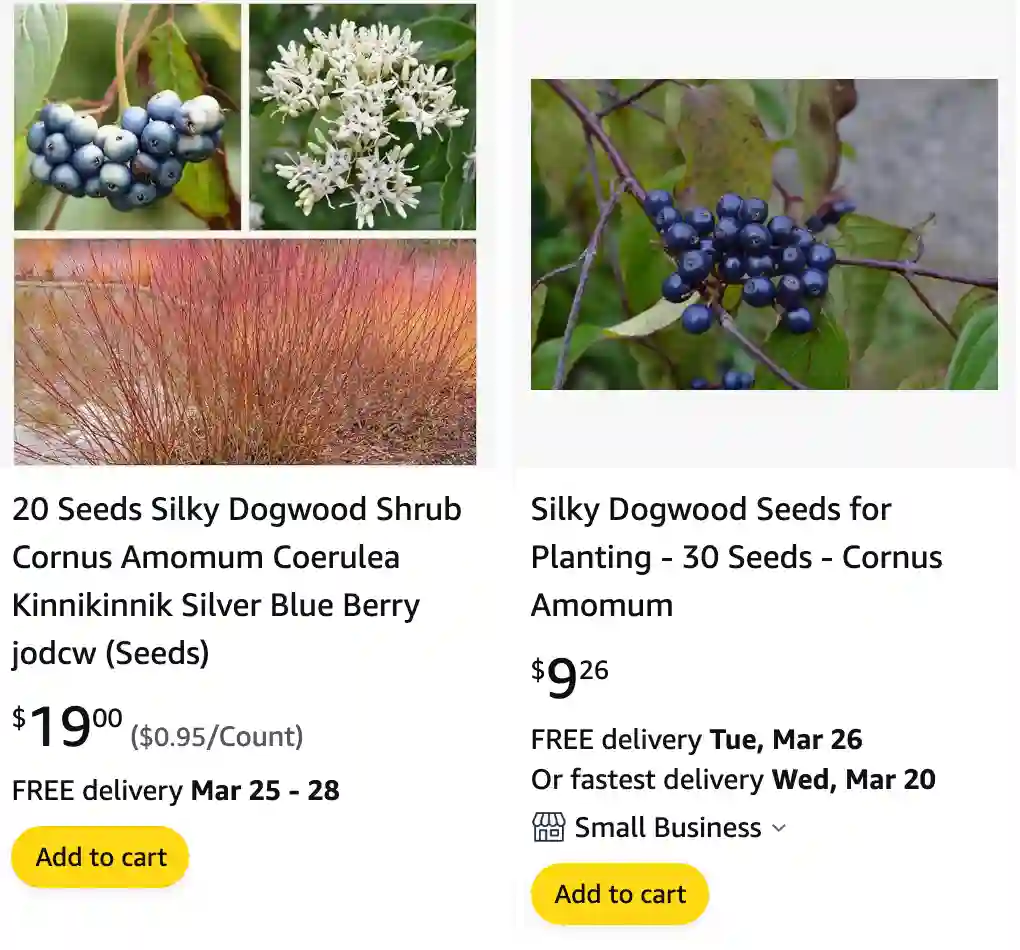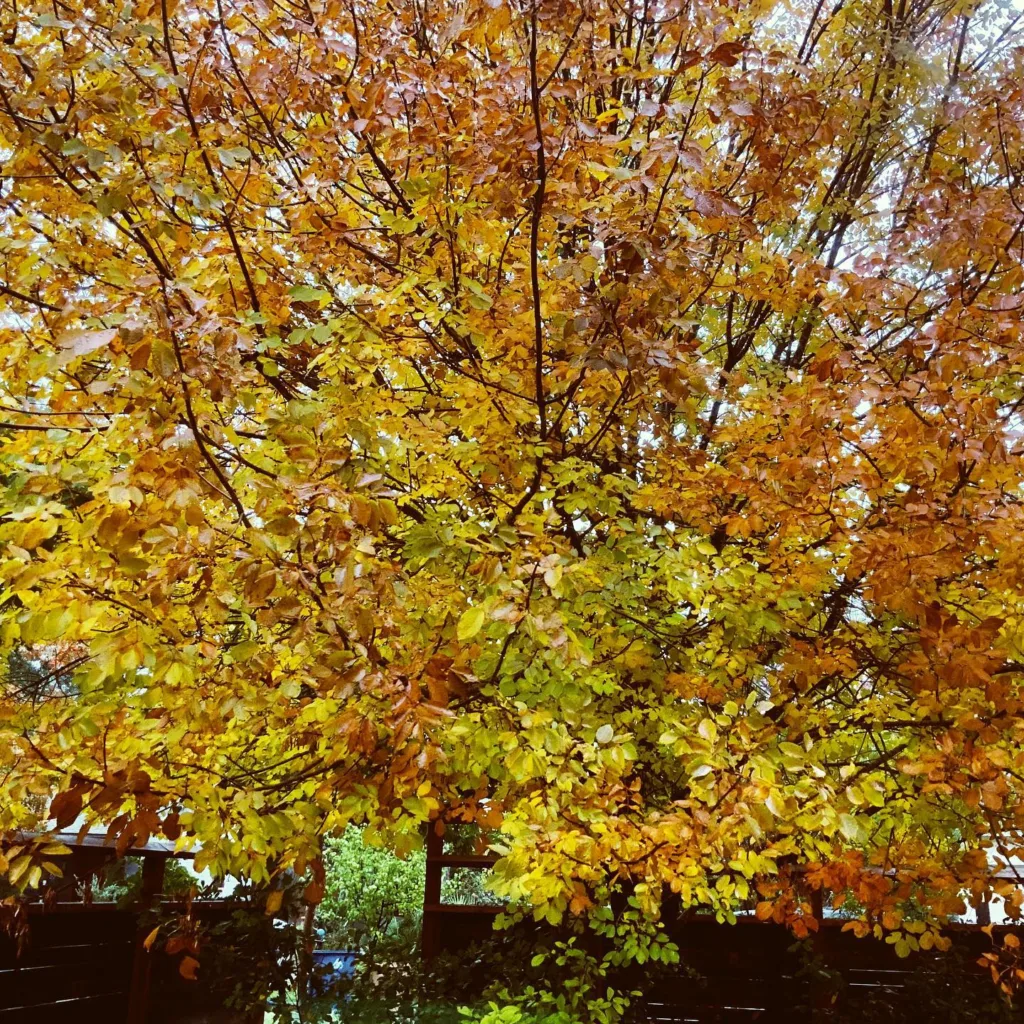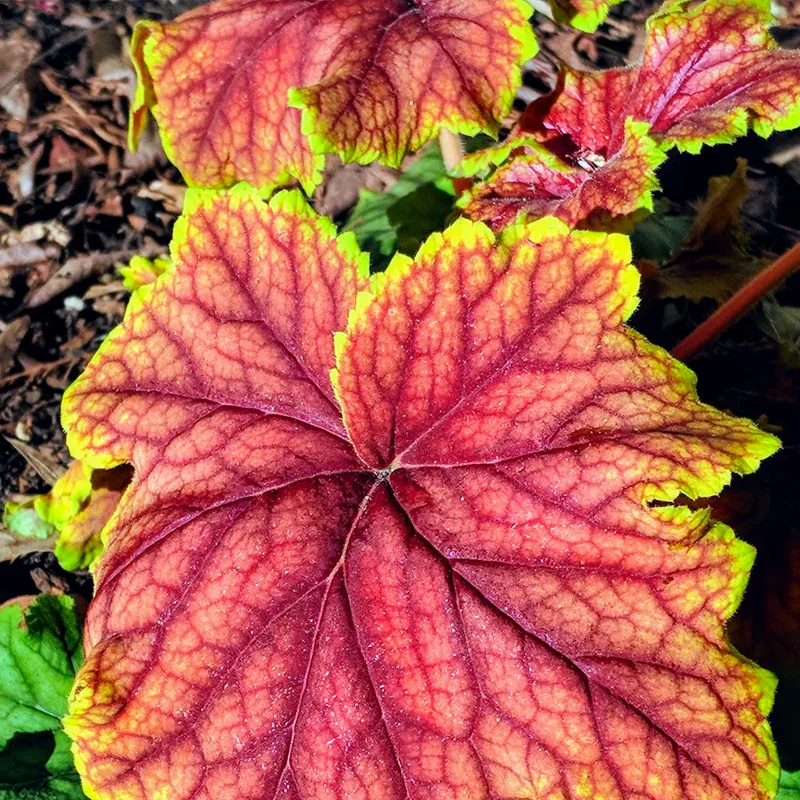
My Adventures with the Silky Dogwood: A Guide to Cornus amomum
As a lover of all things green and growing, I was instantly captivated by the Cornus amomum, also known as the silky dogwood. This beautiful native shrub wasn’t just aesthetically pleasing; it thrived in the damp areas of my yard, adding a touch of elegance to the often-overlooked corners. But my journey with Cornus amomum wasn’t all sunshine and rainbows. There were questions, of course, and a fair share of trial and error. So, if you’re considering adding this gem to your own landscape, allow me to share my experiences and some helpful tips!
56 Species in Genus Cornus – Dogwood
What is Cornus amomum?
The Cornus amomum, or silky dogwood, is a deciduous shrub native to eastern North America. It typically reaches a height of 3-8 feet and boasts stunning clusters of small, creamy-white flowers in the spring. These blooms are followed by silvery-blue fruits that add a pop of color in the fall. But the true star of the show is the foliage. Silky dogwood leaves are a vibrant green, turning fiery orange and red in the autumn. The bonus? Its young twigs, as the name suggests, are covered in soft hairs, creating a unique and textural element.
Where to Plant Cornus amomum?
This isn’t your average sun-loving shrub. Cornus amomum thrives in moist to wet soils, making it perfect for those swampy areas or the edges of your pond. It tolerates full sun to partial shade, but keep in mind that too much shade might affect flowering. The key is to mimic its natural habitat – think damp woodlands or stream banks.
How to Care for Cornus amomum?
Once established, Cornus amomum is a relatively low-maintenance shrub. Here’s what you need to know:
- Watering: As mentioned before, this plant loves moisture. Keep the soil consistently damp, especially during hot summer months. Deep watering once or twice a week might be necessary depending on your climate.
- Mulching: Apply a layer of mulch around the base of the plant to retain moisture, regulate soil temperature, and suppress weeds. Aim for a 2-3 inch layer of organic mulch like shredded bark or wood chips.
- Fertilizing: Cornus amomum isn’t a heavy feeder. A light application of balanced fertilizer in early spring might be beneficial, but it’s not essential for healthy growth.
How to Prune Cornus amomum?
Pruning is more about shaping and maintaining the desired size of your Cornus amomum rather than encouraging growth. The best time to prune is in late winter or early spring when the plant is still dormant. Here are some tips:
- Remove dead, diseased, or damaged branches.
- Thin out crowded branches to improve air circulation and light penetration.
- Shape the shrub by cutting back overgrown branches to maintain its desired size and form.
- Remember to use sharp pruning shears and make clean cuts just above a bud.
How to Propagate Cornus amomum?
There are two main ways to propagate Cornus amomum: by seed and by softwood cuttings.
- Propagation by Seed: This method requires patience, as seeds can take up to two years to germinate. However, it’s a rewarding way to create new plants. Collect mature fruits in late summer, extract the seeds, and sow them in a moist, well-draining potting mix. Keep the pot cool and stratified (exposed to cold temperatures) for a few months to simulate winter conditions. Once germinated, seedlings can be transplanted to a larger pot or your desired location in the garden.
- Propagation by Softwood Cuttings: This is a faster way to propagate Cornus amomum. Take softwood cuttings (new growth) in early spring before they become woody. Dip the cut end in rooting hormone and plant it in a moist, well-draining potting mix. Keep the cutting misted and provide indirect light. With proper care, roots should develop within a few weeks.
What to Plant with Cornus amomum?
Cornus amomum plays well with others! Here are some ideas for companion plants:
- Ferns: Ferns thrive in similar moist conditions and add a lush, textural element to the landscape.
- Cardinal flowers: These vibrant red flowers attract hummingbirds and create a stunning color contrast with the silky dogwood’s foliage.
- Joe-Pye weed: Tall and majestic, Joe-Pye weed adds height and structure to the composition.
- Bulbs: Plant spring-blooming bulbs like daffodils or tulips under the Cornus amomum for a burst of color in early spring.
If i die, water my plants!



